Unveiling the Splendor of Monarch Butterflies: 8 Fascinating Facts and the Importance of Conservation
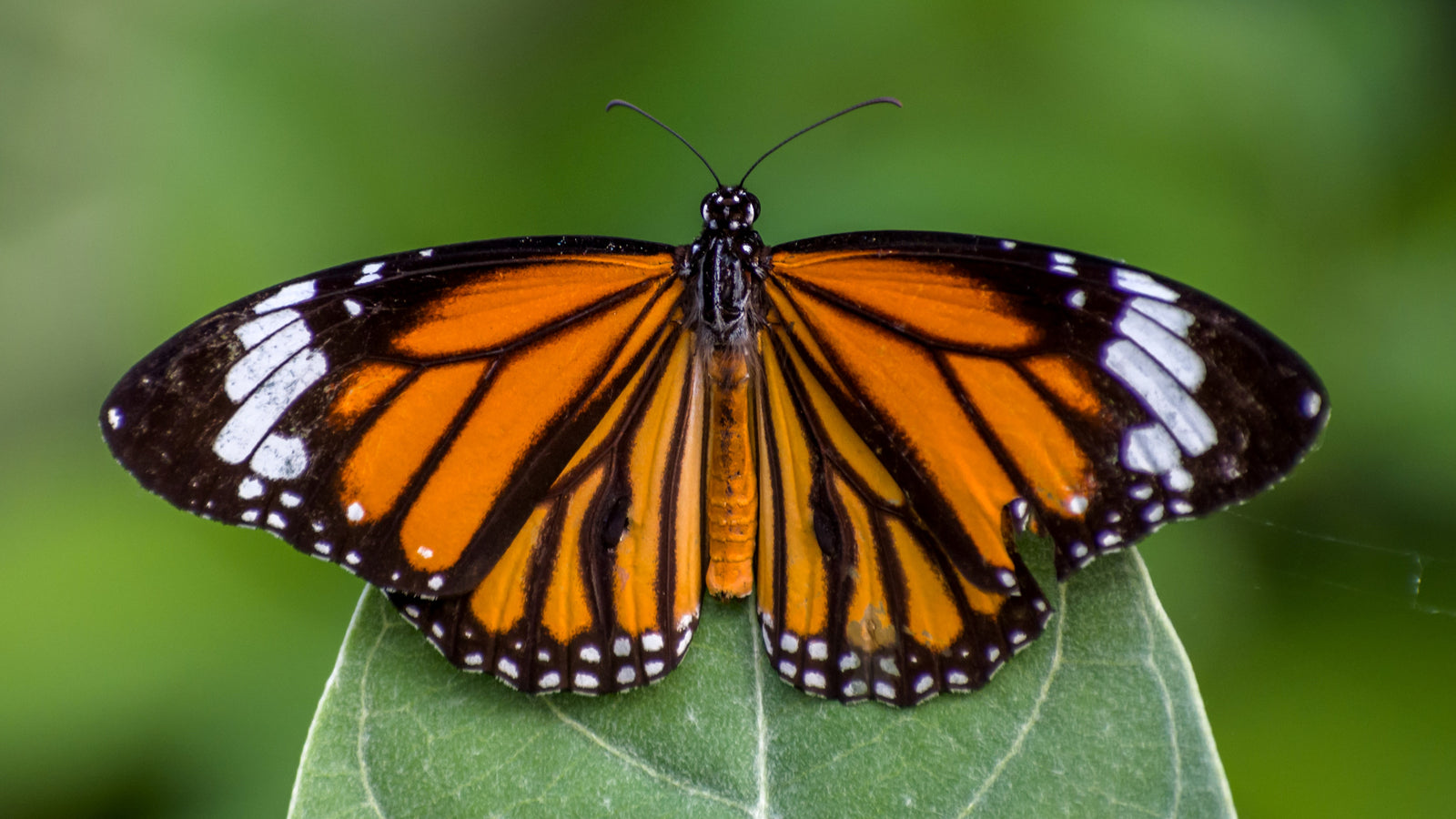
Monarch butterflies are one of the most well-known and beloved insects in the world. They are known for their striking orange and black coloration and their long migratory journeys. Here are eight interesting facts about monarch butterflies that highlight their unique characteristics and biology:
-
Monarchs belong to the genus Danaus and are native to North and South America.
-
Monarchs are one of the only butterflies that migrate long distances, with some traveling up to 2,500 miles from Canada and the United States to Mexico and California.
-
Monarchs are known for their bright orange and black coloration, which serves as a warning to predators that they are toxic and unappetizing.
-
Female monarchs lay their eggs on milkweed plants, which is the only food source for monarch caterpillars.
-
The monarch caterpillar goes through five growth stages, or instars, before it forms a chrysalis and undergoes metamorphosis into an adult butterfly.
-
Monarchs have a lifespan of approximately 2-6 weeks, but those that migrate can live up to eight months.
-
Monarchs are pollinators and play a crucial role in the ecosystem, helping to fertilize plants and maintain biodiversity.
-
Monarchs are facing declining population due to loss of habitat, pesticide use and climate change.
It is important to note that the population of monarch butterflies has been in decline in recent years due to a variety of factors. Habitat loss, pesticide use, and climate change are all taking a toll on these beautiful insects. It is important that we take action to conserve and protect monarchs, not only for their sake, but for the sake of the ecosystem as a whole. This can include planting milkweed and nectar plants in our gardens, reducing pesticide use, and supporting conservation efforts. By taking these steps, we can help ensure that monarchs continue to grace our skies for generations to come.




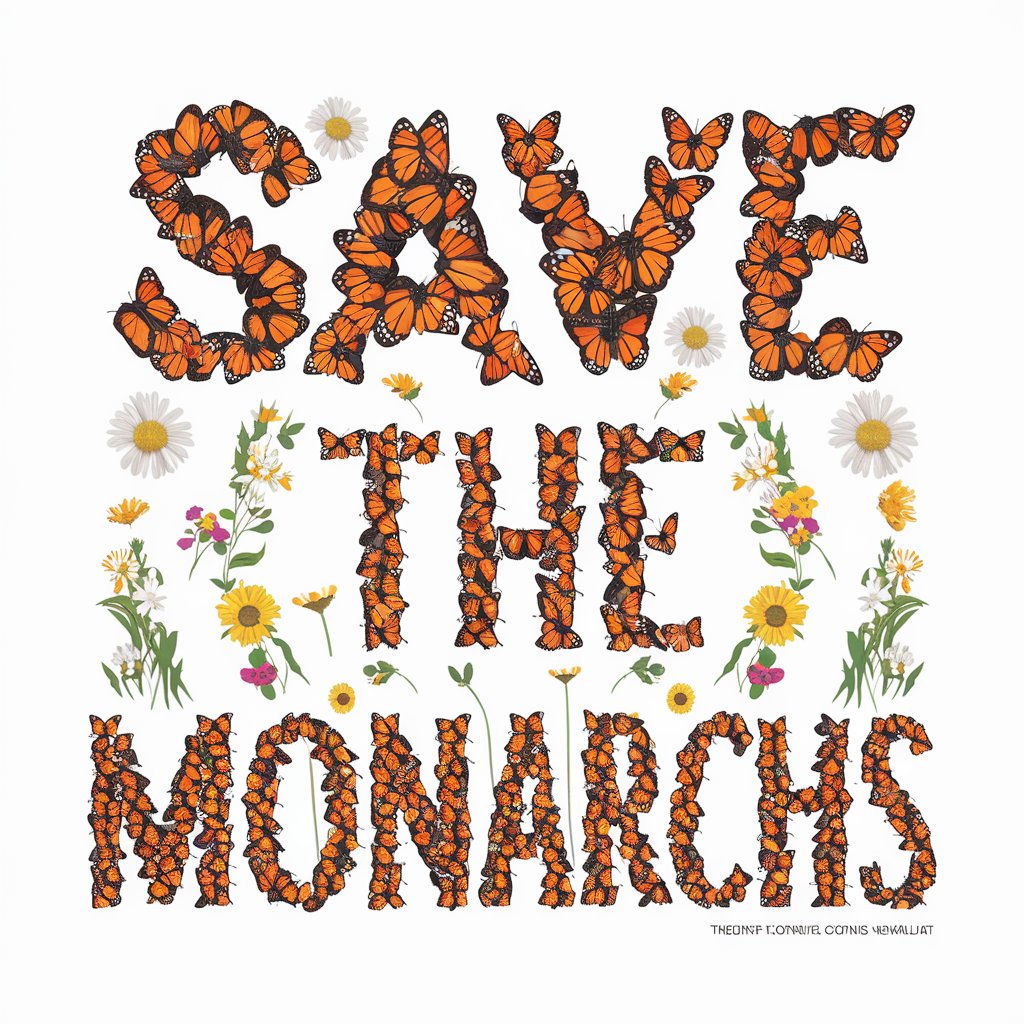
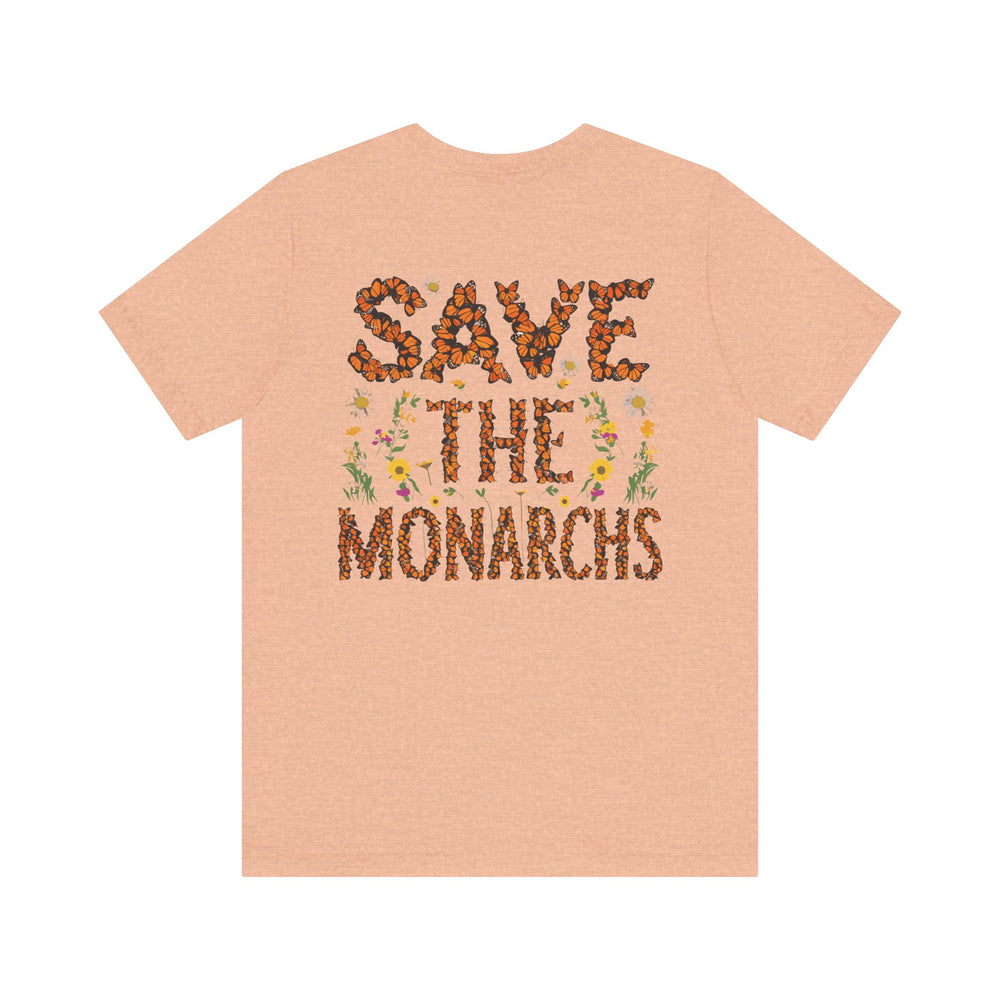


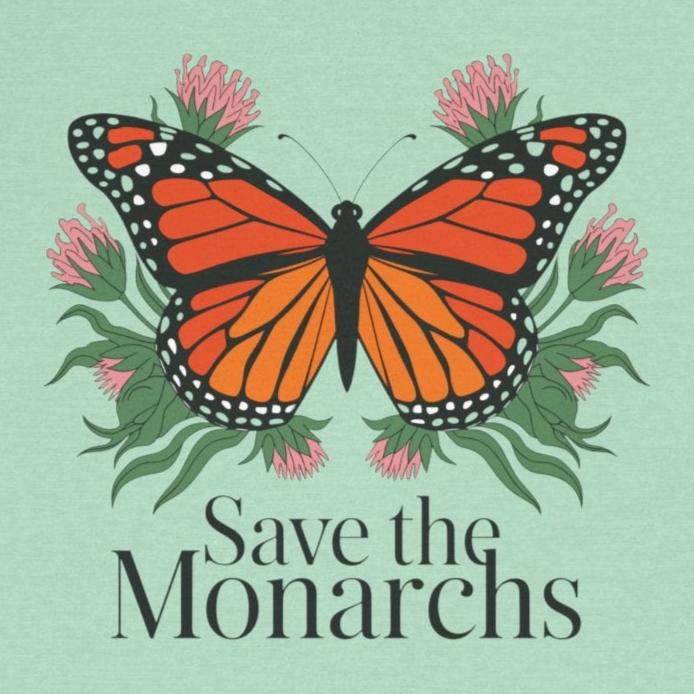
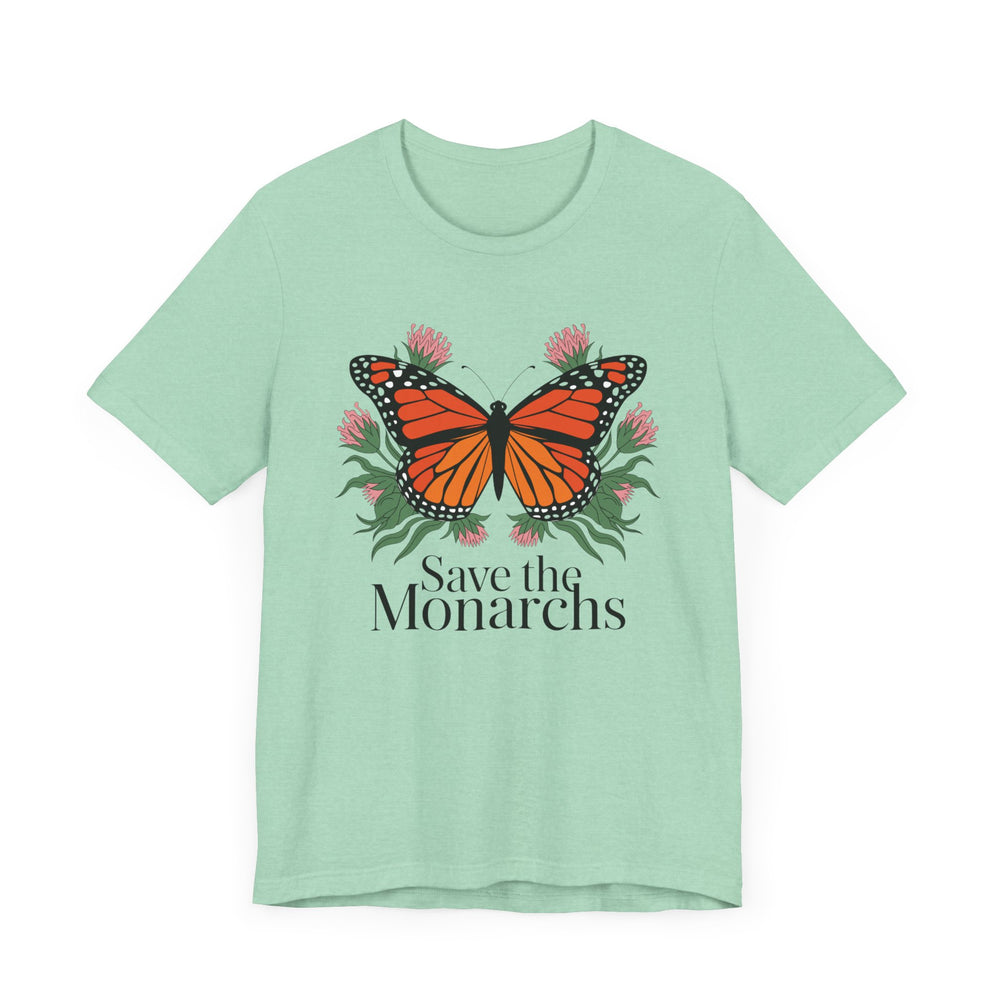
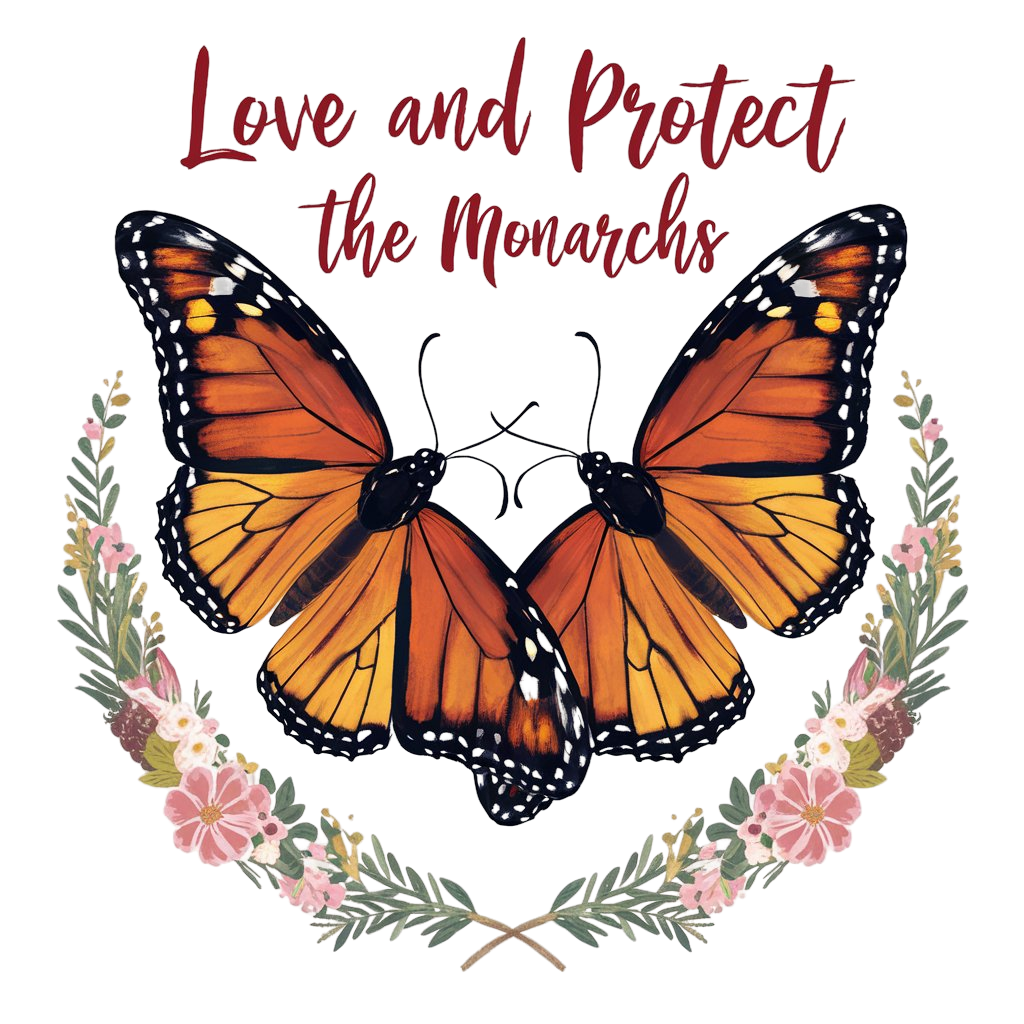
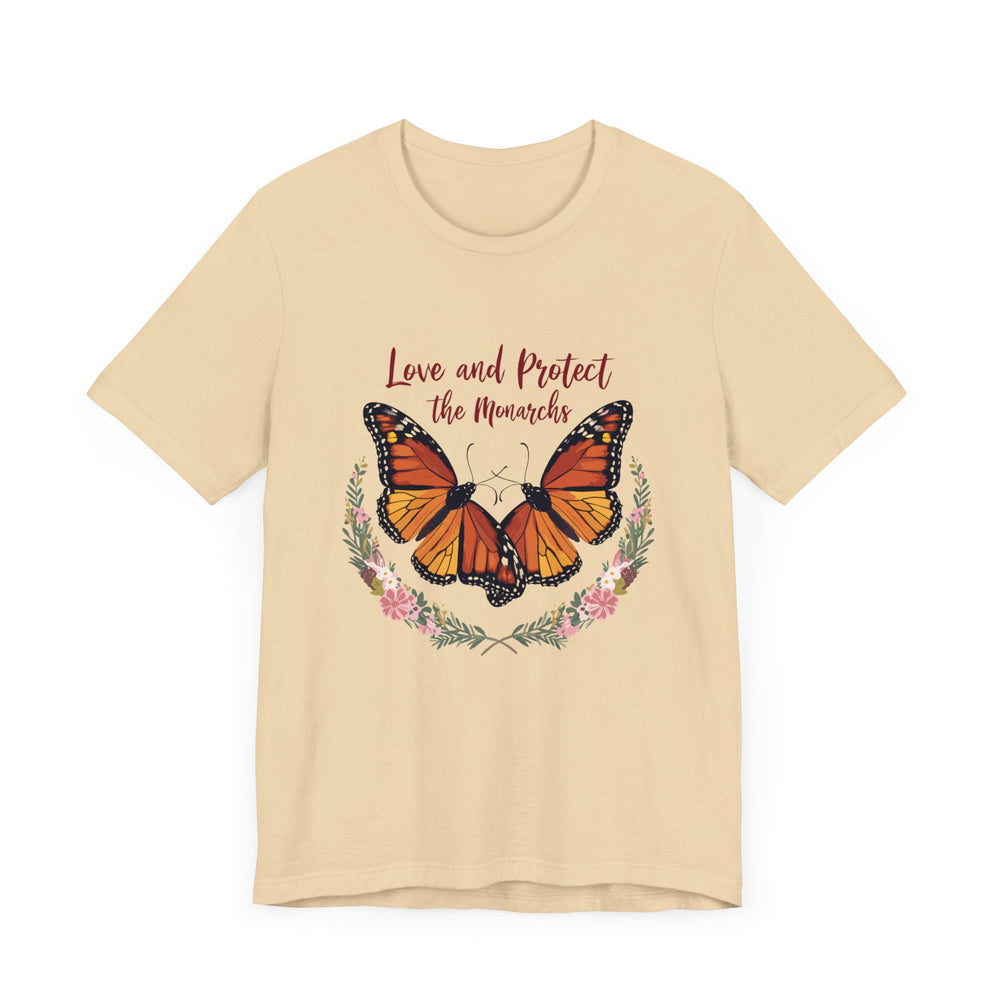

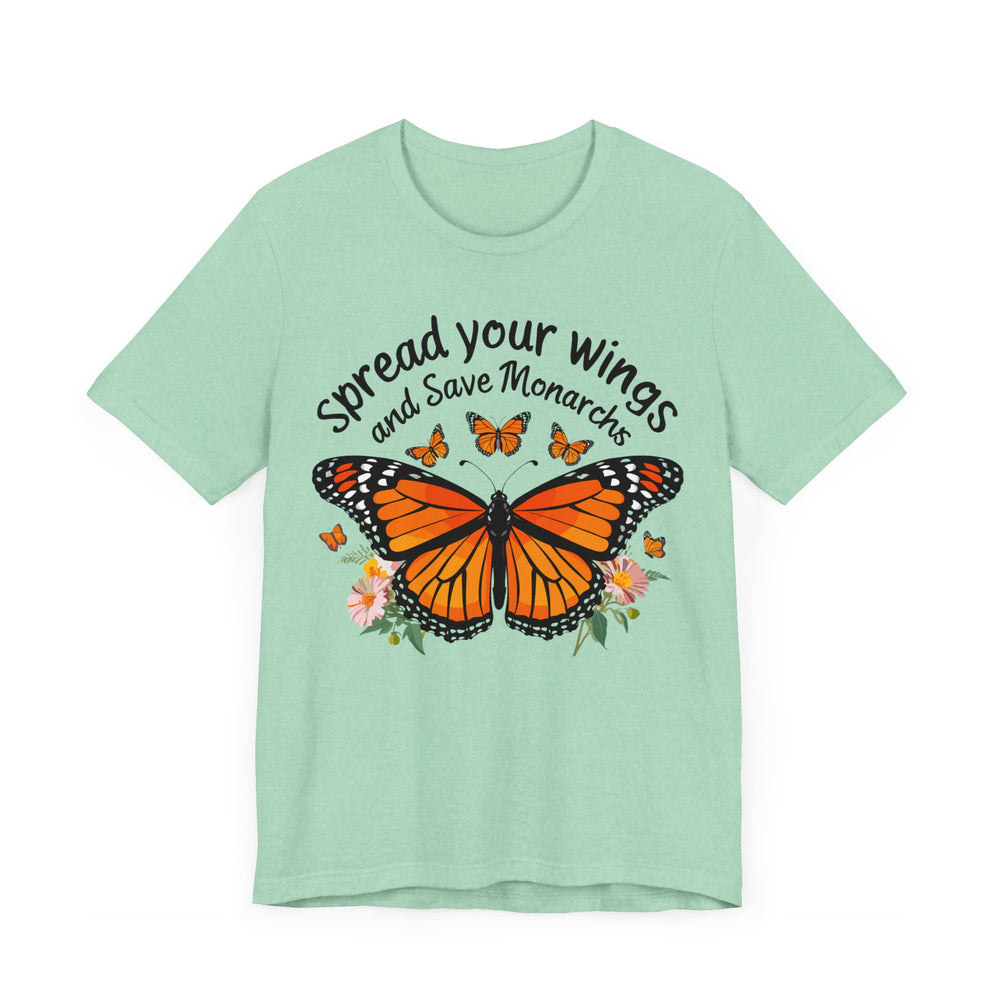
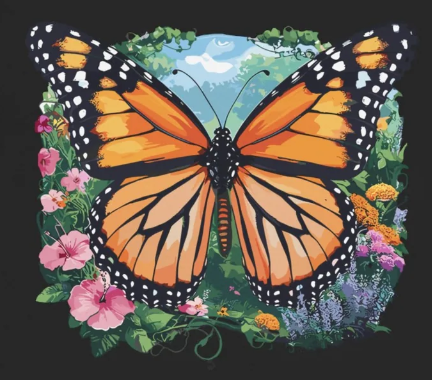
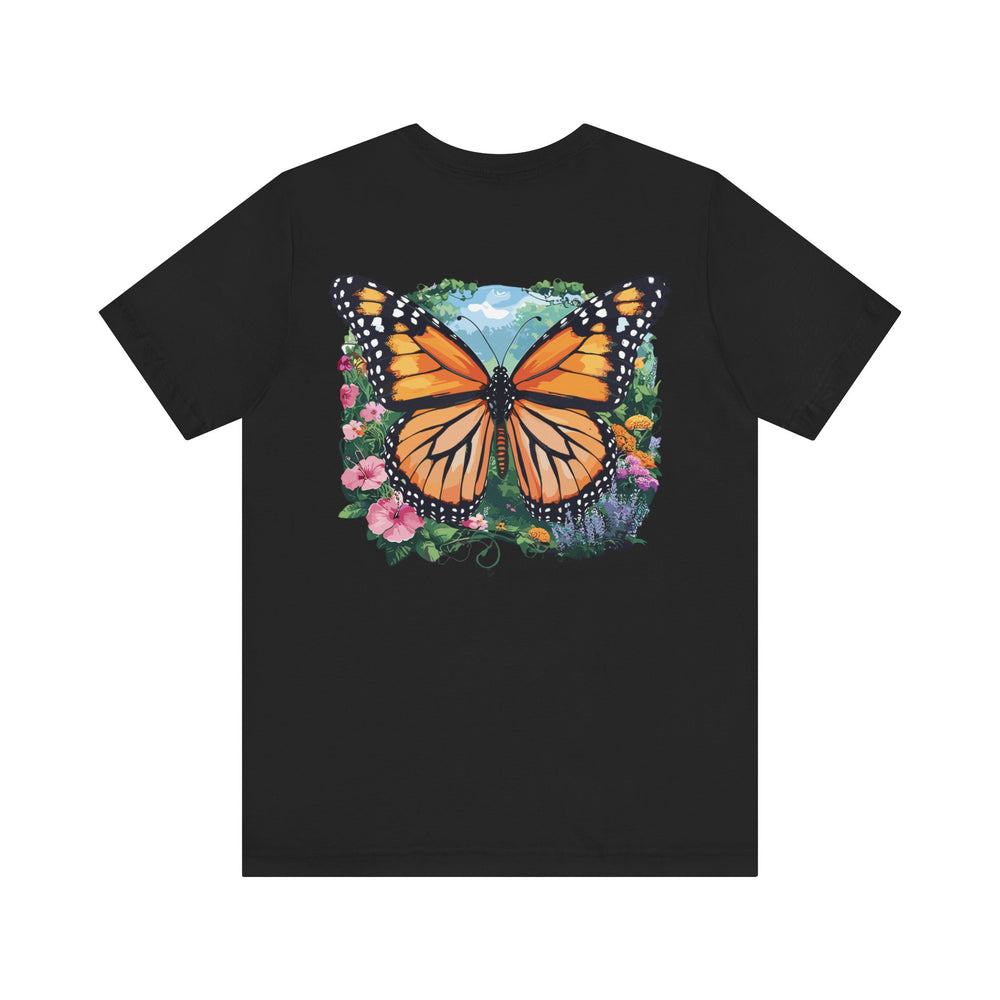






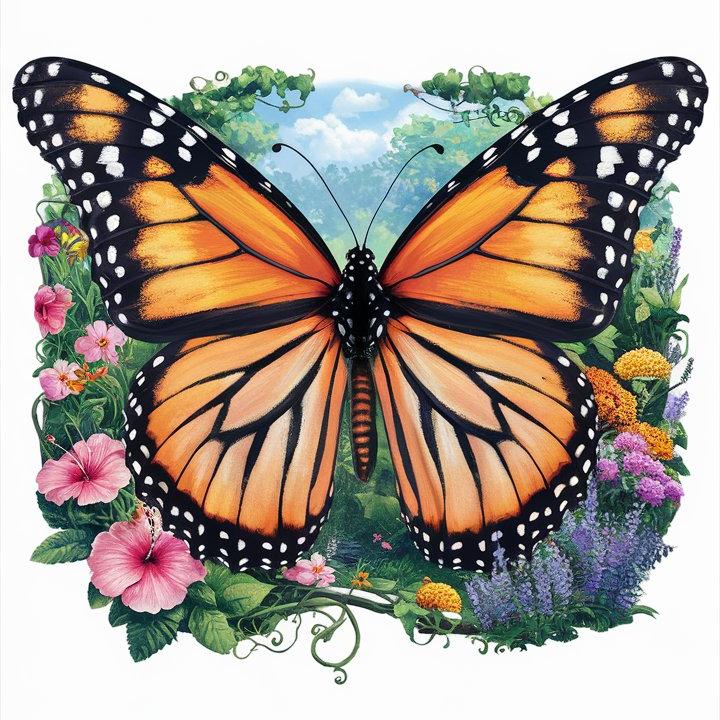
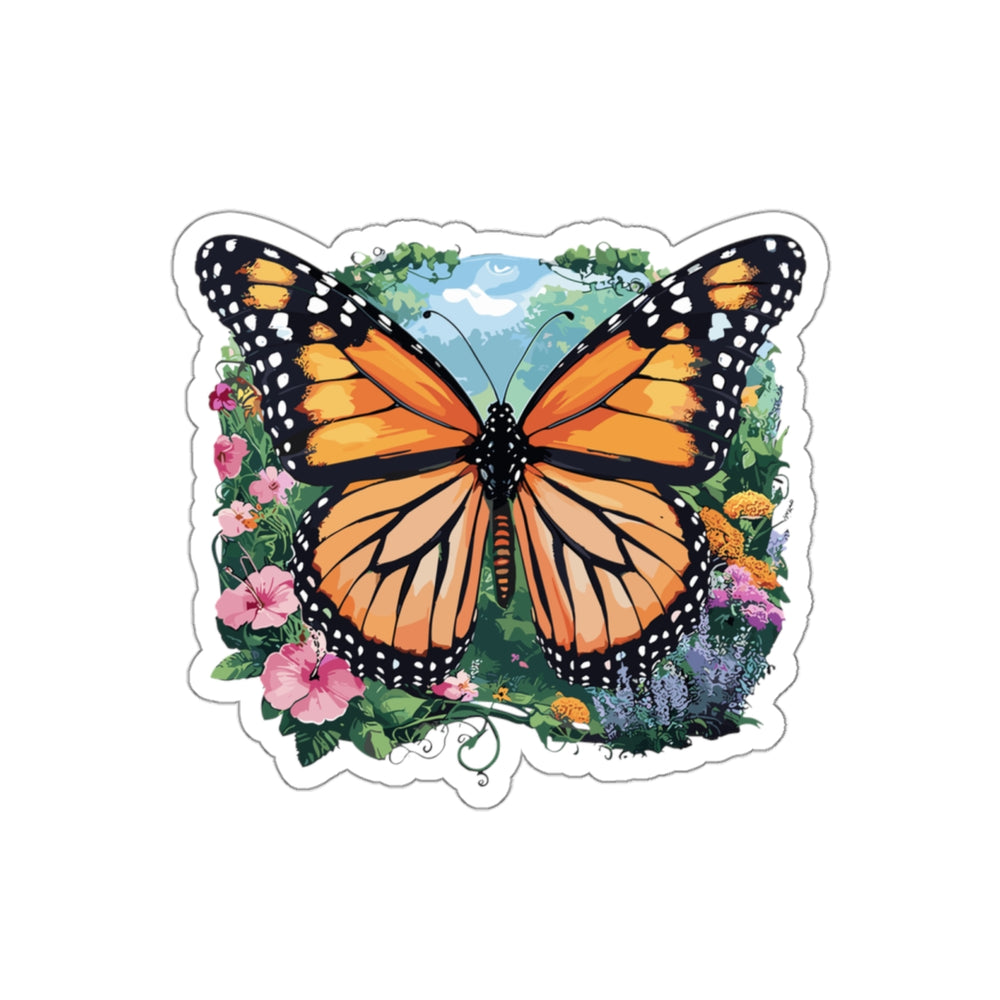

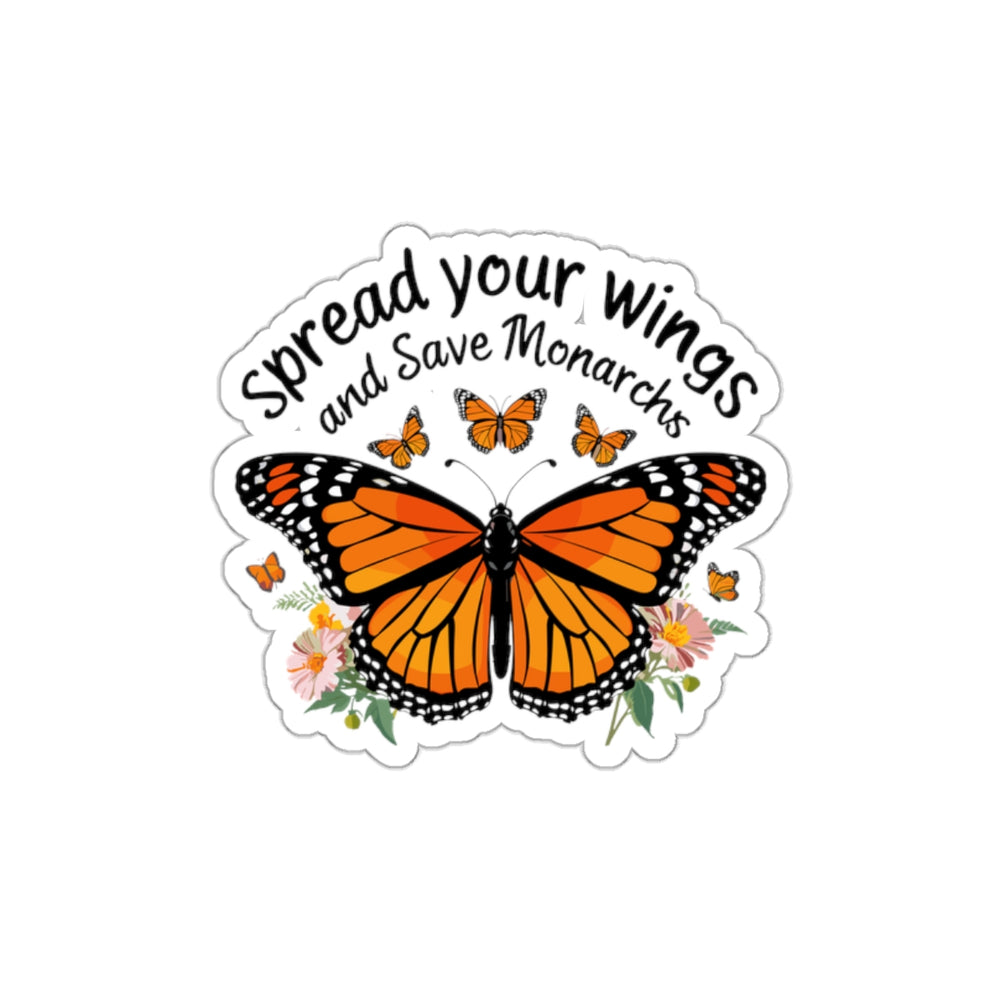
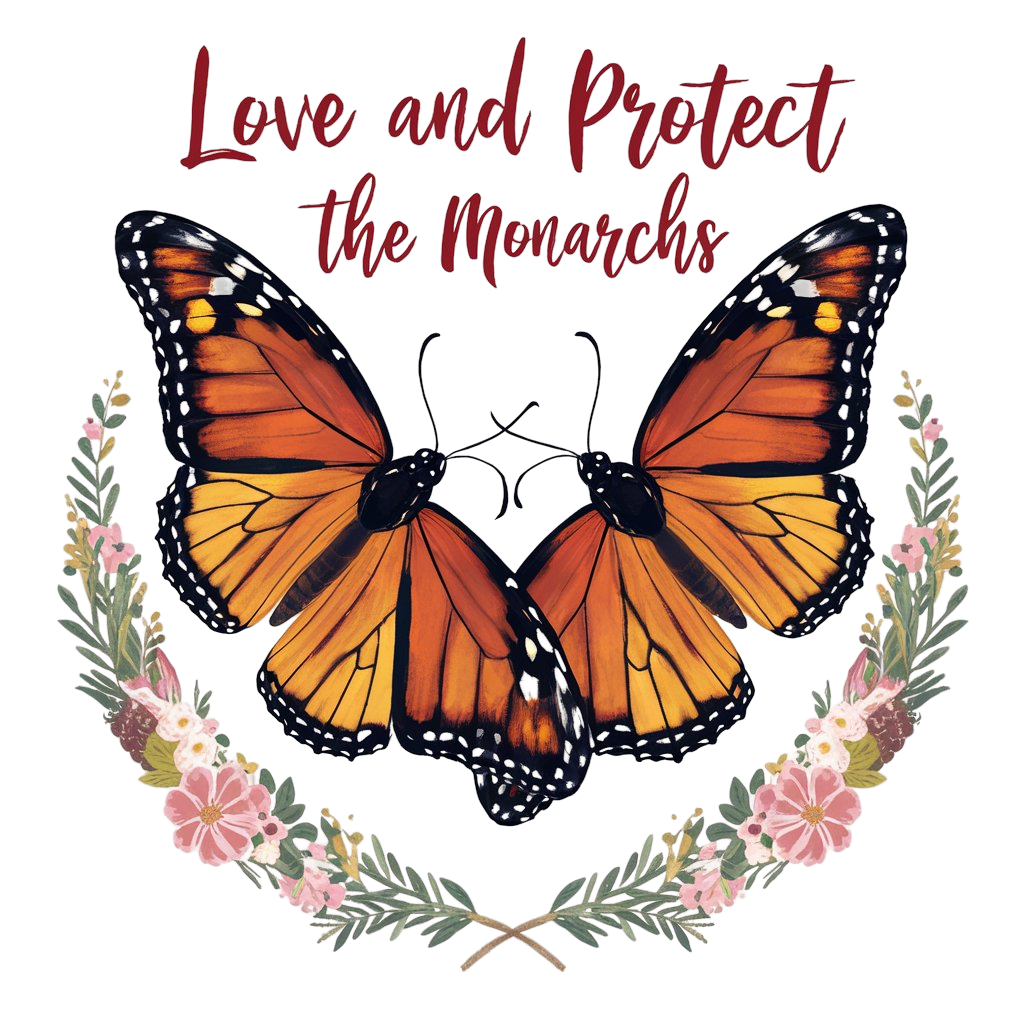

So sad to hear about the declining population of the Monarch butterfly.
Leave a comment